|
This page is dedicated to research
into the musical casket organette. To return to the main page click here Click here for the
main menu! To return to the Museum of Sound main page click here |
 |
|
This page is dedicated to research
into the musical casket organette. To return to the main page click here Click here for the
main menu! To return to the Museum of Sound main page click here |
 |
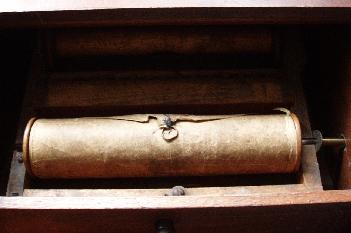 |
The Main Menu A tour of my Musical Casket #2 Organette To return to the main page click here |
A tour of my Musical Casket Organette
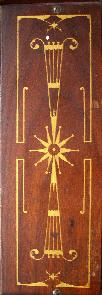 |
|
|
|
 |
|
|
|
 |
|
|
|
 |
|
|
|
 |
|
|
|
 |
|
|
|
 |
|
|
|
 |
|
|
To return to the top
click here
To return to the main menu click here
| History of the
Period 1890s Technology |
 |
How does it work? A paper roll is drawn over a set of
metal reeds. These are like the reeds in a harmonica. If there is no paper
in front of the reed it sounds. The paper roll is cut by hand to allow the
reeds to sound and play a tune. As the crank is turned the roll advances
and bellows pump air through the reeds. 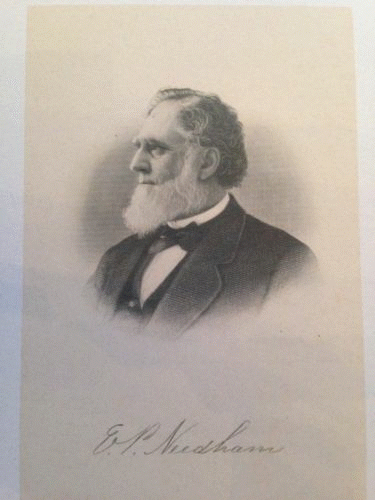 The Inventor Elias P. Needham
Elias Parkman Needham. R. ELIAS PARKMAN NEEDHAM died of heart failure on
November 28 at his residence, 218 East Nineteenth-st., New York city.
The funeral services took place at the house on Monday, December 2, and
the interment was in Greenwood Cemetery. There survives him his wife and
two sons, Dr. Geo. G. Needham and Mr. Chas. A. Needham, an artist. Mr. E. 1’. Needham retired
from active participation in the organ business some 10 years ago, and
since that time had devoted himself to the perfection of various
inventions in many lines in which he was interested. He was born on
September 29, 1812, and early developed a
taste for mechanics. Commencing as a carpenter in Buffalo, N. Y.. be
there became acquainted with Jeremiah Carhart, an inventive genius, and
the two entered into a partnership in 1846 for the manufacture of
melodeons, which were evolved from the accordion. Carhait was the
originator of the suction bellows and other minor devices then employed in the melodeons, and the concern was quite
successful, finally selling out to George A. Prince in 1848, when they
came to New York and opened a factory in Forsyth St. under the firm name
of Carhart & Needham. Later they moved
to Thirteenth St., and finally erected the factory at I43. 145 and 147
East Twenty-third-st. In all of their relations up to this time Mr.
Carhart was the inventor, while Mr. Needham was the business man and financier. Mr. Needham, however,
being exceedingly ambitious of pushing forward the industry in which he
was engaged, began mechanically to develop their product on his own
account, and to him belongs the credit of bringing forth the present
"reed organ," from the ancient melodeon. He invented the “upright
action" now used in reed organs and made possible the perfection now
obtained in these instruments. At the time of the death of Mr. Carhart,
in 1868, the firm having been in the meantime changed to Carhart, Needham & Co., through the admission of Mr. S. C. Swartz, Mr. Needham took into partnership with‘ him one of his surviving sons, Mr. Chas. A. Needham, and the name then was E. P. Needham & Son, and so remained until 1879. When the reed organ business became an important factor in the music trade Mr. Needham found that he could not compete
with the new houses that had sprung up and still continue to make
organs according to his own ideas, and so he gradually withdrew until
the culmination in 1879, when he devoted his entire attention to the
development of his patents for a pneumatic railroad, a system in large
use in the present day in many stores and in the service of the Western
Union Telegraph Company in this city, and which he was convinced was
destined to revolutionize the means of transmission of all bodies from a
small package to a passenger car.Mr. Needham may
well be termed the father of the mechanical instruments of today,
since he originated the idea of a perforated sheet of paper passing over
a reed chamber which should allow the escapement of the sounds as the
perforations passed their respective reed openings. He held some fifteen
parents of this nature, which he sold to the Mechanical Orguinette
Company, now the Eolian Company, and which, or the principles of which,
they still use. Various minor inventions must be placed to his credit,
and while he was always of a modest and retiring disposition he made and kept a host
of friends who will deeply mourn his loss.-Musical Courier, Volumes 18-19, 1889
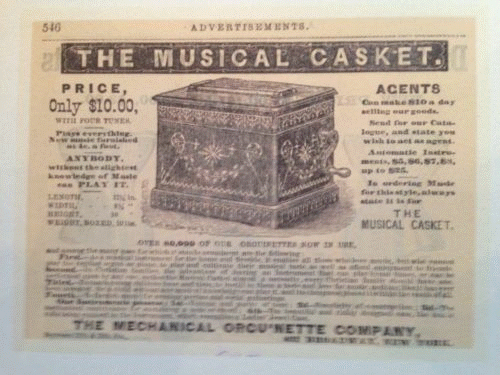 Company Advert showing model 1 Patent
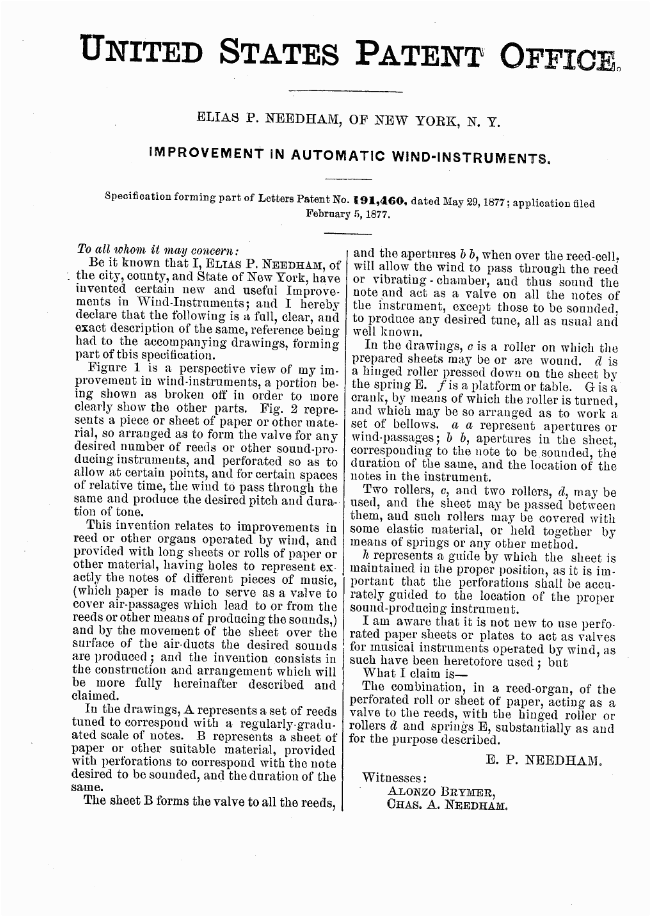 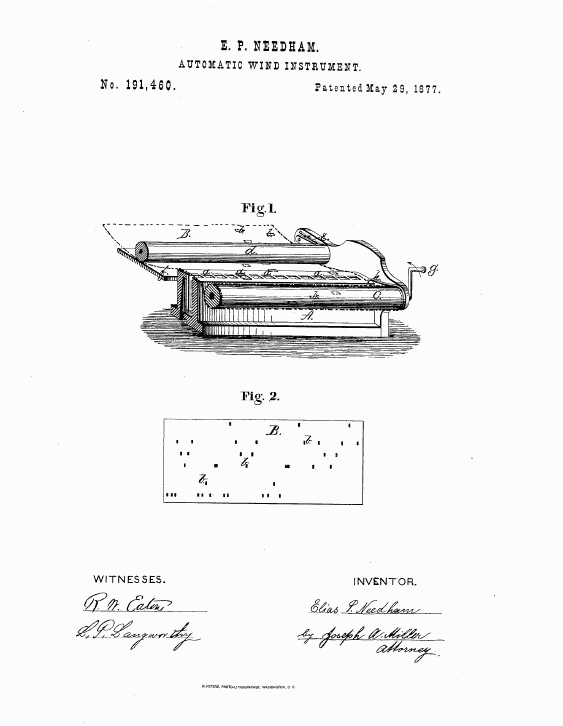
The information below was found on a page documenting an auction. It looks very much like my machine. Photo Description MUSICAL CASKET NO.2: 14 note, reed, 7 3/4" roll. Case is 10"h, 12 1/2"l. http://www.burchardgalleries.com/auctions/2003/jan1903/jan19cr.htm
|
 |
To return to the top click here
To return to the main menu click here
| Activity This instrument can take the place of several musicians. What effect do you think that would have had on the social scene? Why would people elect to play a machine rather than to gather in
groups to make music themselves? To play music this machine had to be cranked by hand. Try turning a crank for the length of time required to play a CD. How are the rolls of music like computer programs? |
To return to the top click here
To return to the main menu click here
  |
McElhone, Kevin, The Organette
Book. Musical Box Society of Great Britain, 440 pages Whiting, Robert B., Estey Reed organs on parade, A pictorial review of the many parlour, cabinet, boudoir, philharmonic, and other types of reed organs made over a 100-year period by the famous Estey Organ Company, together with a brief corporate history. Vestal Press Ltd., 1981, ASIN: 091157221X
Gellerman, Robert F., The American Reed Organ and the Harmonium : A Treatise on Its History, Restoration and Tuning, With Descriptions of Some Outstanding Collections. Vestal Press Ltd, 1997, ISBN 1-879511-07-x or 1-879511-12-6 (softcover), 303 pages Presley, Horton, Restoring and Collecting Antique Reed Organs, Reprint edition. Vestal Press Ltd, 1996, ISBN: 0-911572-56-2 Gellerman's International Reed
Organ Atlas
|
  |
To return to the top click here
To return to the main menu click here
To return to the main page
click here
 |
Pipes of Pan Schmidts Music Rolls and Parts 700 Port St, Unit 540Easton, MD 21601 eschmidt@goeaston.net (410)770-4830 http://www.music-rolls.com=
|
 |
To return to the top click here
To return to the main menu click here
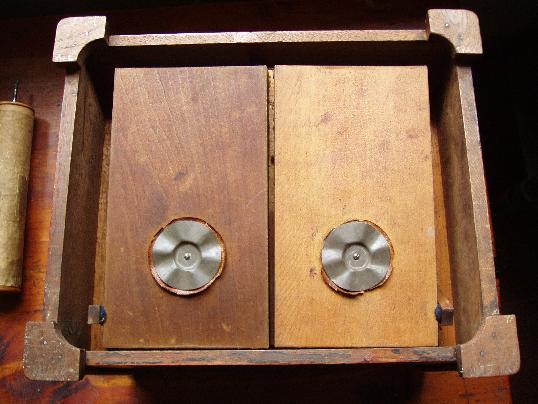 |
Roller Organ Restoration http://www.organetterepair.com . |
To return to the top click here
To return to the main menu click here
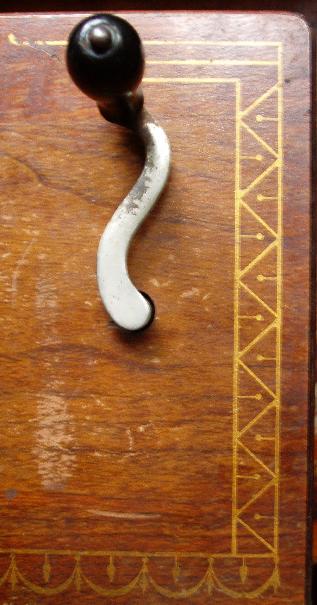  |
The Mechanical Music Digest http://mmd.foxtail.com/
The Dead Media Project Music Box Society of Great Britain About an Early tabletop organette A roller organ page Australian Collectors of
Mechanical Musical Instruments The Reed Organ Society
|
To return to the top click here
To return to the main menu click here
To reach the rest of my web world click here